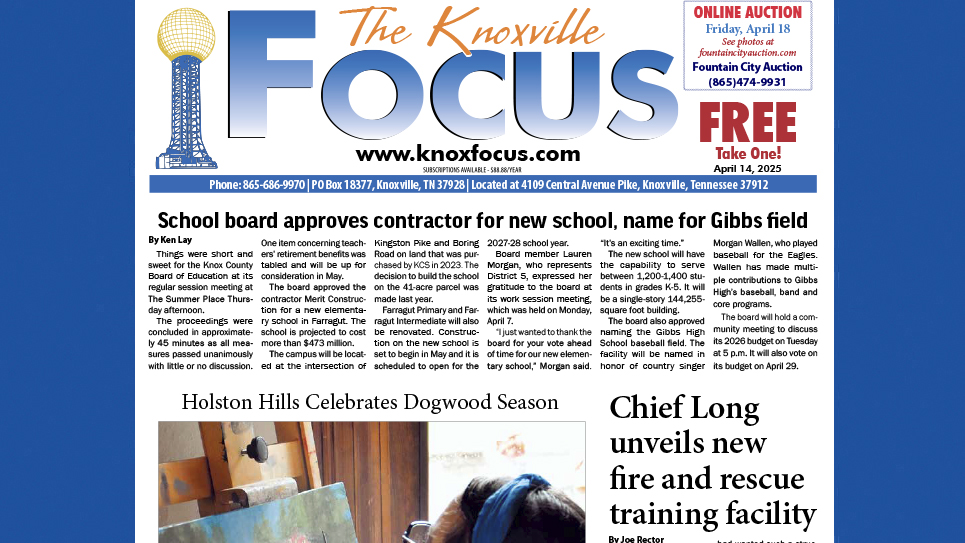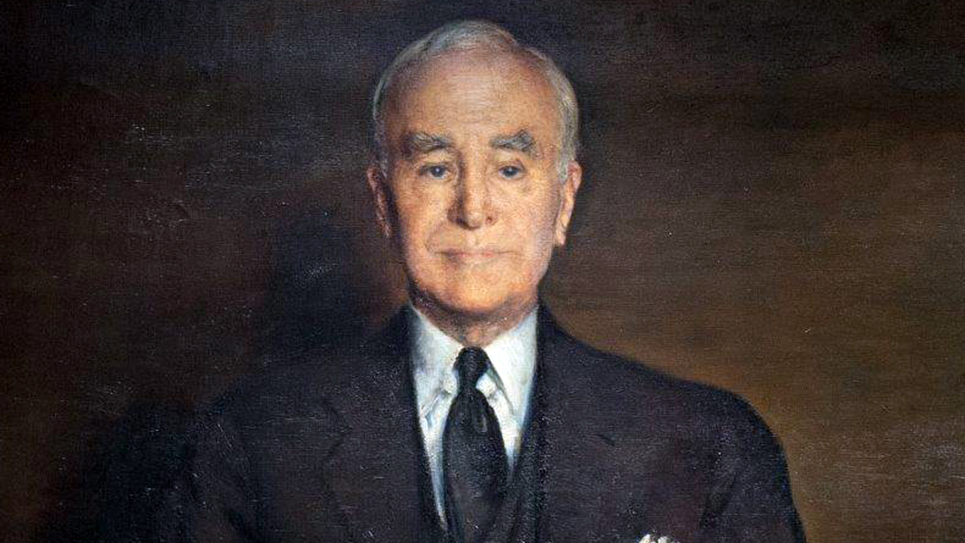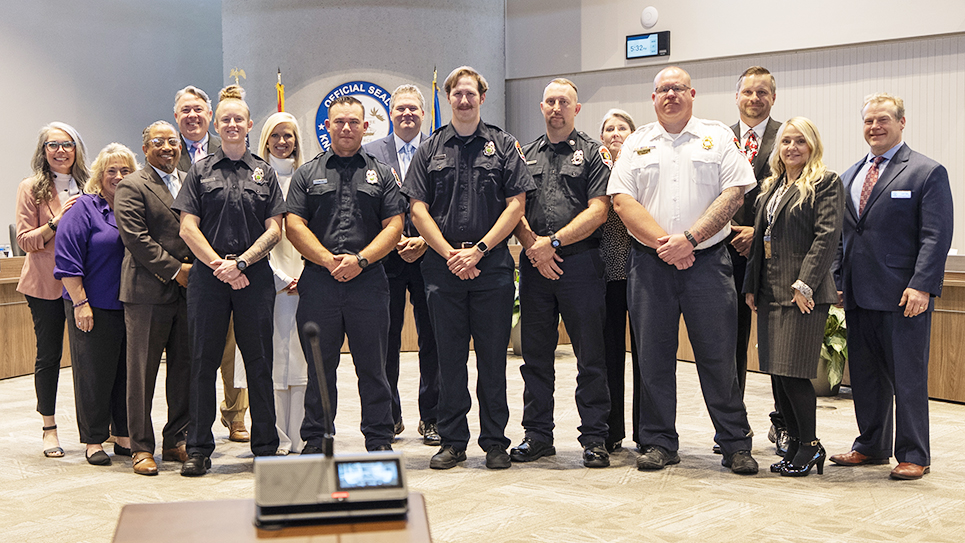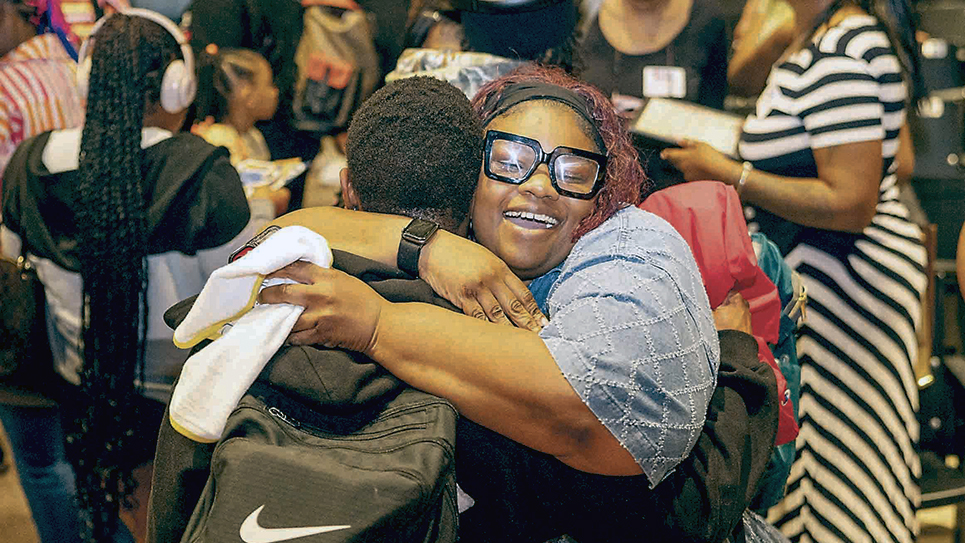By Tom Mattingly
Does anybody remember the basketball games produced by TVS, the early SEC syndicated television package, a highlight of Saturday afternoons in January and February in the 1960s and 1970s, sometimes into March?
If you wanted to see SEC hoops on television in those days, this was your only chance.
It might have been the “Dark Ages” of televised sports, but none of us knew that at the time. John Ferguson and Ed Thilenius were the early talents. Joe Dean, of “String Music” fame, came on a few years later to add commentary.
It seemed primitive by today’s standards, but it was all we had. It was black and white, without replays and all the other bells and whistles we see today. There were modest graphics, player identifications and a continuously updated score at the bottom of the screen.
“Cutting into” another game was an idea whose time had not yet come.
It was a two-camera operation, one up in the rafters and one on the floor. Being on television in those days was a big deal, way before ESPN came along.
By agreement, maybe even by fiat, there had to be a broadcast from every SEC venue. That was a problem, especially from a marketing perspective.
Kentucky and Vanderbilt, maybe even Kentucky and Tennessee, might have been in the Top 10 and playing on Saturday for all the marbles late in the season, but if there hadn’t yet been a telecast from Ole Miss or LSU, watch out.
Here came a game from the Tad Smith Coliseum in Oxford or the Parker Agricultural Center in Baton Rouge. The announcers did the best they could to make it exciting, but sometimes to no avail.
In addition to the two sites mentioned above, there were such great venues as the Armory-Fieldhouse and Stokely Center in Knoxville, Memorial Coliseum in Lexington, Memorial Gym in Nashville, the old Quonset Hut in Auburn, Woodruff Hall at Georgia, “Alligator Alley” in Gainesville, Foster Auditorium in Tuscaloosa, and McCarthy Gym in Starkville.
There were any number of great moments emanating from each.
The venues were intimate, with the crowd right on the floor. The visitors had a tough time not only getting on and off the floor, but had an even tougher time once the game started. There was definitely a home floor advantage in those days.
There were no 9 p.m. tipoffs, nor were there games on Sundays at noon, nor at any other times. Sundays were left to the pros. The colleges honored the Sabbath religiously.
When the Vols were on television once or twice per year, home or away, fans often turned down the volume on their television and listened to John Ward (and, in earlier years, joined by the incomparable Lowell Blanchard) describe the action. Former Vols A.W. Davis and Doug Ashworth also provided expert analysis as the action heated up. That was comforting.
In those days, there was also the taped replay, with long-ago announcers Charlie Bailey and David Shirk on WTVK Channel 26, later Ward on Channel 2.
Ray Mears was one of those who listened to Ward’s play-by-play somewhere around midnight on Saturday night and once observed how much he learned from Ward’s commentary.
Ward was a towering presence on the airwaves when the Vols were playing hoops. Whether live or on tape, Ward made the games “must-hear.” Ward could “follow the ball” with the best of them, keeping track of the players and officials on the court, the coaches on the sidelines, and whatever else might be happening elsewhere in the arena. It was a vintage time.
Occasionally, fans without tickets wouldn’t listen to the live broadcast and steel themselves to wait until the replay came on at 11:30 p.m. That was really an act of desperation.
Many did so. One unfortunate soul who lived next door to a fan of an opposing school was waiting patiently for the replay to air when his phone rang.
The message was clear.
“You won’t like the way the game turned out,” the caller said. “Sorry about that.”
Disheartened, he went to bed, assuming his team had lost.
He woke up the next morning to find his team had won.
Decisively.
Now there are games on all day on any number of channels, some contests good, others not so hot. But, by golly, you can see them at all times, day or night, on any of several networks.
In those days, you always wished you could see more games.
Now that you can, it doesn’t seem as much fun.






